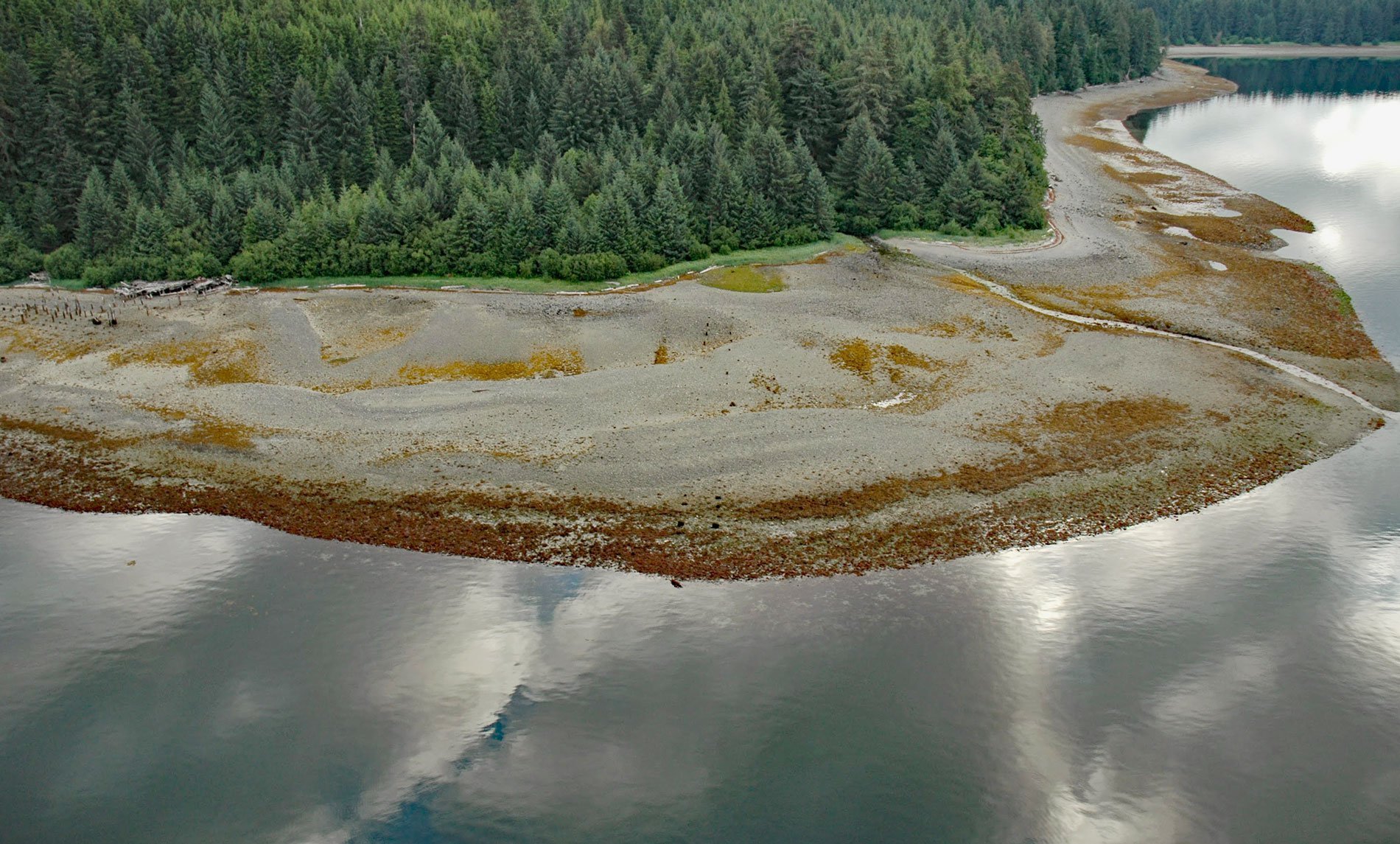Todd is an abandoned cannery and a historical settlement on Lindenberg Harbor in Peril Strait, on the southern coast of Chichagof Island, 9 miles (15 km) west of Chatham Strait and 32 air miles (52 km) north-northeast of Sitka, Alaska. Lindenberg Harbor was named in 1883 by the Russian navigator Ensign Ivan Vasilevich, for G. Lindenberg who was a captain from Finland employed by the Russian American Company who made surveys in this area in 1838.
In 1917, there were 118 canneries operating in Alaska and packed more than half of the world’s supply of salmon. However, production had outpaced demand forcing Alaska cannery owners to reorganize and consolidate the industry. The original cannery at Lindenberg Harbor closed in 1921 and was sold to Nick Bez in 1927 with financial backing from August Buschmann to form Peril Straits Packing Company. In 1942, they reorganized with J.H. Todd & Sons as Todd Packing Company to process pink salmon caught at a fish trap at Cube Point on Admiralty Island. Shortly after Alaska was granted statehood in 1959, fish traps were outlawed and the cannery closed.
Nick Bez was born as Nikola Bezmalinovic in 1895 in Croatia, and at age 15 borrowed $50 and booked passage to the United States on an Italian ship. In 1919, he Americanized his name and became a U.S. citizen and soon owned 3 purse seiners operating out of Gig Harbor, Washington, and later Seattle. He became influential in Washington State politics and the National Democratic Party. In 1951, he sold his stock in Astoria’s Columbia River Packers Association and bought P.E. Harris, one of the largest salmon-packing and distributing companies in the Northwest. Bez renamed the company Peter Pan Seafoods, Inc. and it operated canneries in Alaska, Puget Sound, and Astoria. Read more here and here. Explore more of Todd here:

